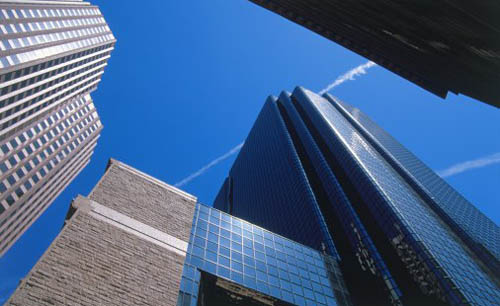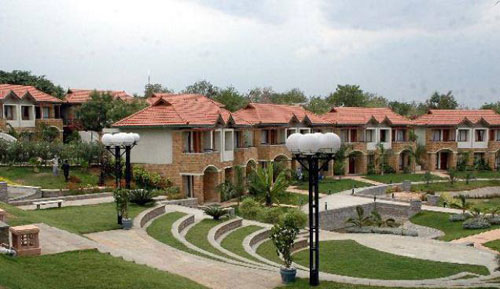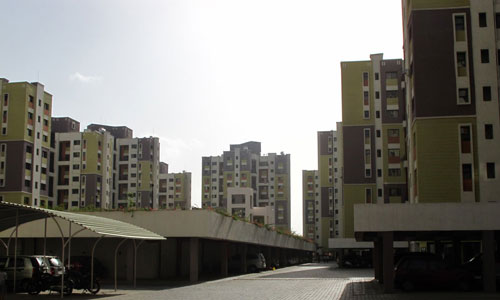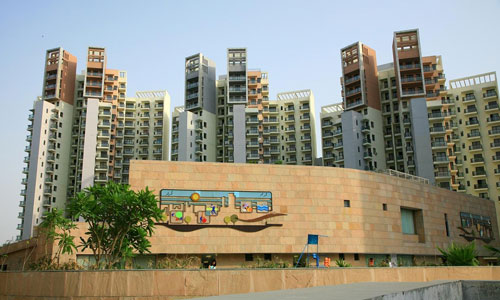
Commercial realty turns back to sale model from lease model
First generation of commercial realty saw sales model and then the Indian developers learnt the global pattern of lease model.

First generation of commercial realty saw sales model and then the Indian developers learnt the global pattern of lease model.

Where does ‘Team Anglo Indian’ consider opportunities for Indian real estate right now?

IIFL Venture Capital Fund, the private equity arm of the India Infoline group, is reportedly raising Rs.500 crore for investing in real estate.

Fitch Ratings’ outlook for 2012 for the Indian real estate sector is negative due to weak overall demand and higher construction costs, which are likely to continue to squeeze margins.

With the market set to bottom by out by the second quarter of 2012, we will see the beginning of a recovery in the city’s residential real estate fortunes by the second half of the year.

The Indian real estate sector has grown rapidly over the last few years, with its stakeholder profile evolving from locally-focused, privately-owned enterprises to increasingly corporatized, professional organizations funded with public capital and having multiple market and product strategies.

Amidst the turbulence of many of the world’s largest economies, particularly in western markets such as the US and European economies, the broader macro economic outlook in Asia is encouraging.

India has the second largest population in the world and is expected to overtake China by 2025. Fulfilling the housing needs of the Indian population which is growing at 1.41% annually is a tremendous challenge for the government today.

John Macomber, Senior Lecturer in real estate, Harvard Business School, says, “I am wary of market timing by residential investors. If you need a home and can afford it, buy a home and hold it.”

Economic growth and real estate performance are two significantly intertwined characteristics. It is widely accepted fact that demand for real estate space is drawn and influenced from economic environment.
